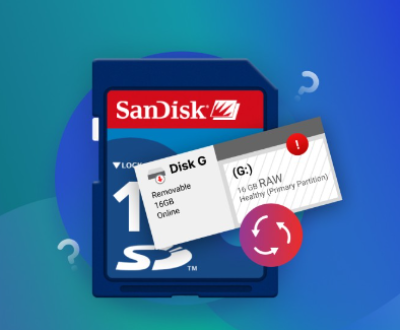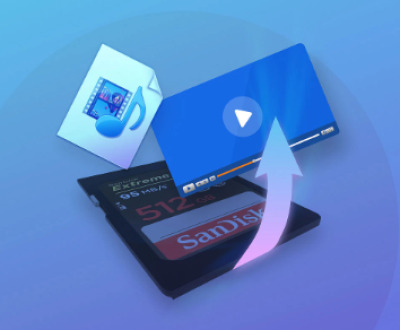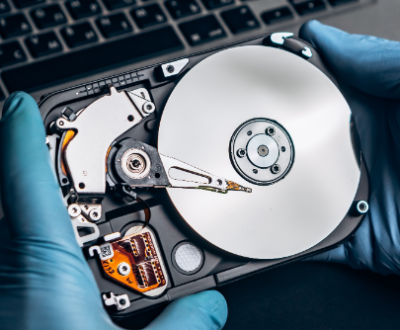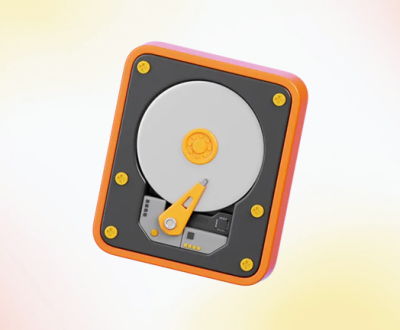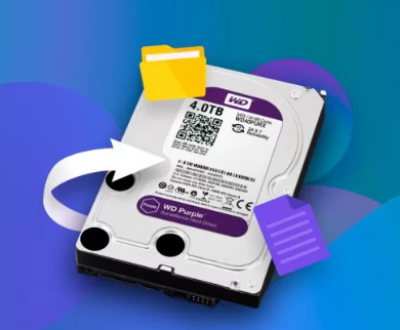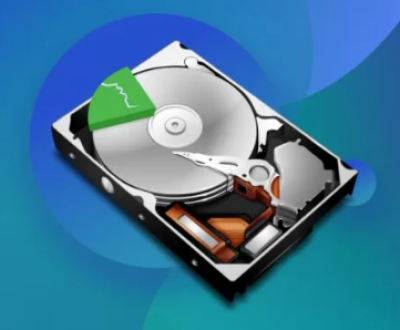External hard drives are among the most popular tools for storing large amounts of data, providing users with easy access to files from multiple devices. However, like any storage device, external hard drives are susceptible to data loss. Whether it’s due to accidental deletion, corruption, or physical damage, losing files can be a stressful experience. Fortunately, there are several methods available to recover lost data from an external hard drive.
1. External Hard Drive Failures
Before diving into the recovery process, it’s crucial to understand the common reasons why an external hard drive might fail:
Accidental Deletion: Files might be deleted either intentionally or by mistake. This is one of the most common causes of data loss.

Corruption: File system corruption can occur due to improper ejection, power surges, or malware.
Hardware Failure: Physical damage to the external hard drive, such as a broken USB port, malfunctioning motor, or bad sectors on the drive.
File System Errors: Sometimes, the file system becomes unreadable or corrupted, causing the data to become inaccessible.
Virus or Malware: External drives connected to infected systems are vulnerable to virus attacks, which can cause files to disappear, become corrupted, or become locked.
2. Preliminary Steps Before Starting Recovery
Before you start recovering files from your external hard drive, there are a few precautionary measures you should take:
Stop Using the Drive: Avoid writing new data to the external hard drive, as this can overwrite lost files, making them impossible to recover.
Check the Cable and Port: Sometimes, data loss may be due to a faulty USB cable or port. Ensure the cable is securely connected to both the external drive and the computer.
Try a Different Computer: If your external hard drive isn’t showing up or you suspect corruption, try connecting it to a different computer to rule out device-specific issues.
3. Method 1: Recovering Files from External Hard Drive Using Built-in Tools
Before resorting to third-party software, it’s worth trying built-in recovery options.
Windows File History (For Windows Users): If you have File History enabled on your computer, you can restore files from previous versions. Here’s how:
Right-click on the folder where the lost file was located.
Select “Restore previous versions.”
Choose a version of the folder from a time before the file was deleted.
Click “Restore” to recover the lost files.
Time Machine (For macOS Users): Mac users can use Time Machine, a built-in backup tool that can restore deleted files. Here’s how:
Connect your external hard drive to your Mac.
Open the folder where the file was lost.
Open Time Machine from the Applications folder.
Use the arrows on the right side of the screen to go back in time and locate the deleted file.
Select the file and click “Restore.”
These methods are only effective if you have previously set up backups or if your file system hasn’t been corrupted beyond repair.
4. Method 2: Recovering Files from External Hard Drive Using Third-Party Data Recovery Software
When built-in tools fail, third-party data recovery software can offer more comprehensive recovery solutions. Many data recovery tools can help retrieve files from external hard drives that have been corrupted, deleted, or formatted. Here’s how to use one of the most popular tools: Panda Data Recovery.
Step 1: Download and Install Panda Data Recovery
Visit the Panda Data Recovery website and download the software. It’s essential to install it on a different drive than the one you’re recovering files from to avoid overwriting the lost data.
Launch the program after installation.
Step 2: Select the External Hard Drive for Scanning
From the main interface, select the external hard drive from the list of available devices.
Choose the type of scan you want to perform: Quick Scan for faster results, or Deep Scan for a more thorough recovery.
Step 3: Scan the External Hard Drive
Click on the Scan button to begin scanning for recoverable files.
The software will analyze the drive for any files that can be recovered.
Step 4: Preview and Select Files to Recover
Once the scan is complete, Panda Data Recovery will show a list of recoverable files. You can preview some of them, such as images, documents, or videos, to ensure they are intact.
Select the files you wish to recover by ticking the checkboxes next to each file.
Step 5: Recover Files
After selecting the files, click on the Recover button.
Choose a location on your computer (not on the external drive) to save the recovered files.
Wait for the software to recover and save the files to your selected location.
Panda Data Recovery can recover a wide range of file types, including documents, images, audio, and videos. Additionally, the software allows you to recover files from formatted, corrupted, or inaccessible drives.
5. Method 3: Recovering Files from an External Hard Drive Using Command Prompt (Windows)
In some cases, you may be able to recover files using the Command Prompt, especially if the drive has become inaccessible due to corruption or hidden files.
Step 1: Open Command Prompt as Administrator
Press Windows + X and select Command Prompt (Admin) from the menu.
Step 2: Run CHKDSK Utility
Type the following command:
bash
chkdsk X: /f
Replace X with the letter of your external hard drive.
Press Enter. The CHKDSK utility will scan and repair any errors on the drive.
Step 3: Access the Drive
After the scan is complete, check if your files are now visible. You can navigate through the drive using File Explorer to confirm whether the files have been restored.
6. Method 4: Recovering Files from an External Hard Drive Using macOS Disk Utility
For Mac users, macOS’s Disk Utility can help repair corrupted drives and potentially recover data.
Step 1: Open Disk Utility
Open Disk Utility from Applications > Utilities.
Select your external hard drive from the list of available drives.
Step 2: Repair the Disk
Click the First Aid button to attempt a repair on the external hard drive.
If the disk is recoverable, Disk Utility will repair it and attempt to recover lost files.
7. Advanced Recovery: Professional Data Recovery Services
If the methods outlined above don’t work or if your external hard drive is physically damaged, you might need to consider professional data recovery services. Professional services have specialized tools and techniques for recovering data from damaged hard drives, including:
Physical Repair: If the hard drive has physical damage (e.g., a damaged head, PCB, or motor), a professional service may need to open the drive in a cleanroom environment and replace the damaged parts.
Advanced Software Techniques: For cases of extreme corruption, professional data recovery services use proprietary software and techniques to recover data that cannot be retrieved with consumer-level software.
Although professional data recovery services are often expensive, they offer the highest chance of recovering critical or irreplaceable files.
8. Preventing Future Data Loss
While data recovery methods can help you recover lost files, prevention is always better than cure. Here are a few tips to help protect your external hard drive and avoid future data loss:
Regular Backups: Always back up important files to multiple locations. Use cloud storage services or another external drive as a backup.
Proper Ejection: Always eject your external hard drive safely before unplugging it from your computer to avoid file corruption.
Anti-virus Software: Keep your computer protected from malware by using up-to-date anti-virus software, and ensure that your external drive is scanned regularly.
Use Disk Health Monitoring Tools: Keep track of your hard drive’s health using disk monitoring tools. These can alert you to potential issues before they result in data loss.
About us and this blog
Panda Assistant is built on the latest data recovery algorithms, ensuring that no file is too damaged, too lost, or too corrupted to be recovered.
Request a free quote
We believe that data recovery shouldn’t be a daunting task. That’s why we’ve designed Panda Assistant to be as easy to use as it is powerful. With a few clicks, you can initiate a scan, preview recoverable files, and restore your data all within a matter of minutes.
Subscribe to our newsletter!
More from our blog
See all postsRecent Posts
- How to recover deleted files in sd memory card 2025-07-15
- How to recover lost photos from sd card 2025-07-15
- How do you recover deleted files from sd card 2025-07-15

 Try lt Free
Try lt Free Recovery success rate of up to
Recovery success rate of up to

